Google Introduced New Educational Services
On May 20, Google held a conference for IT specialists dedicated to artificial intelligence. In addition to new generative models Gemini 2.5 Pro and Gemini 2.5 Flash, voice assistants, and video communication systems, educational tools were also presented.

One such tool is the experimental Sparkify. It allows any text material-such as a lecture or instruction manual-to be transformed into an animated video. Examples of educational videos were showcased at the conference. In one of them, a bear-chef explains baking recipes. Thus, Sparkify can be used to convert dull rules and any other textbook information into engaging animations. This will be especially relevant for younger students or for those who prefer consuming content visually rather than in text form.
Another innovation presented by Google to enhance learning efficiency is the creation of interactive tests. The company continues to actively develop and improve the Gemini chatbot. Developers aim to create an entire family of models called LearnLM. One such model has already been integrated into Gemini 2.5. As a result, it is now possible to generate a wide variety of tests, quizzes, and assessments. The prompt can be very simple-just specify the test topic and clarify how many answer choices to include and whether hints should be provided to students. While taking the test, the neural network will independently highlight questions requiring more focus, indicate what to pay attention to, and suggest which topics need to be reviewed again.
The conference also unveiled a personal AI tutor. This project is called Project Astra and is considered a universal assistant. It can read and analyze sounds, images, and text in real time, respond to this information, and communicate like a human-for example, engaging in dialogue, offering advice, and explaining complex topics. The AI assistant can also perceive the intonation of its conversation partner and adjust accordingly. Therefore, it can easily be used as a tutor across multiple subjects.
Many other innovations were also presented at the conference, which can be utilized by both educators and learners. For example, Flow can generate short videos. To do this, one simply needs to upload a photo, add a description, view the resulting video, and, if necessary, make adjustments-such as adding special effects. For advanced users, Google introduced Android XR-a platform for AR and VR headsets, which were also showcased. The new gadgets include the Project Mahan headset and the compact glasses prototype Project Aura. These devices enable users to plan routes, translate speech and text materials, quickly find reviews of various establishments, and more.
Currently, most of the new products are considered research prototypes. Exact release dates and pricing have not yet been announced.
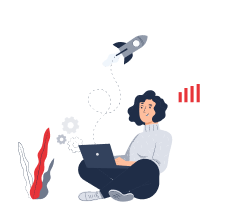

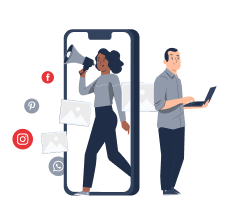
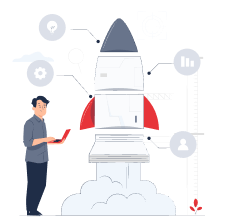

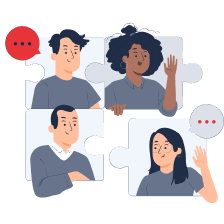



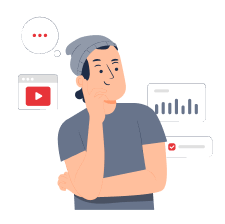


 How Not to Lose Focus When Learning Everything at Once: The Art of Selective Development
How Not to Lose Focus When Learning Everything at Once: The Art of Selective Development
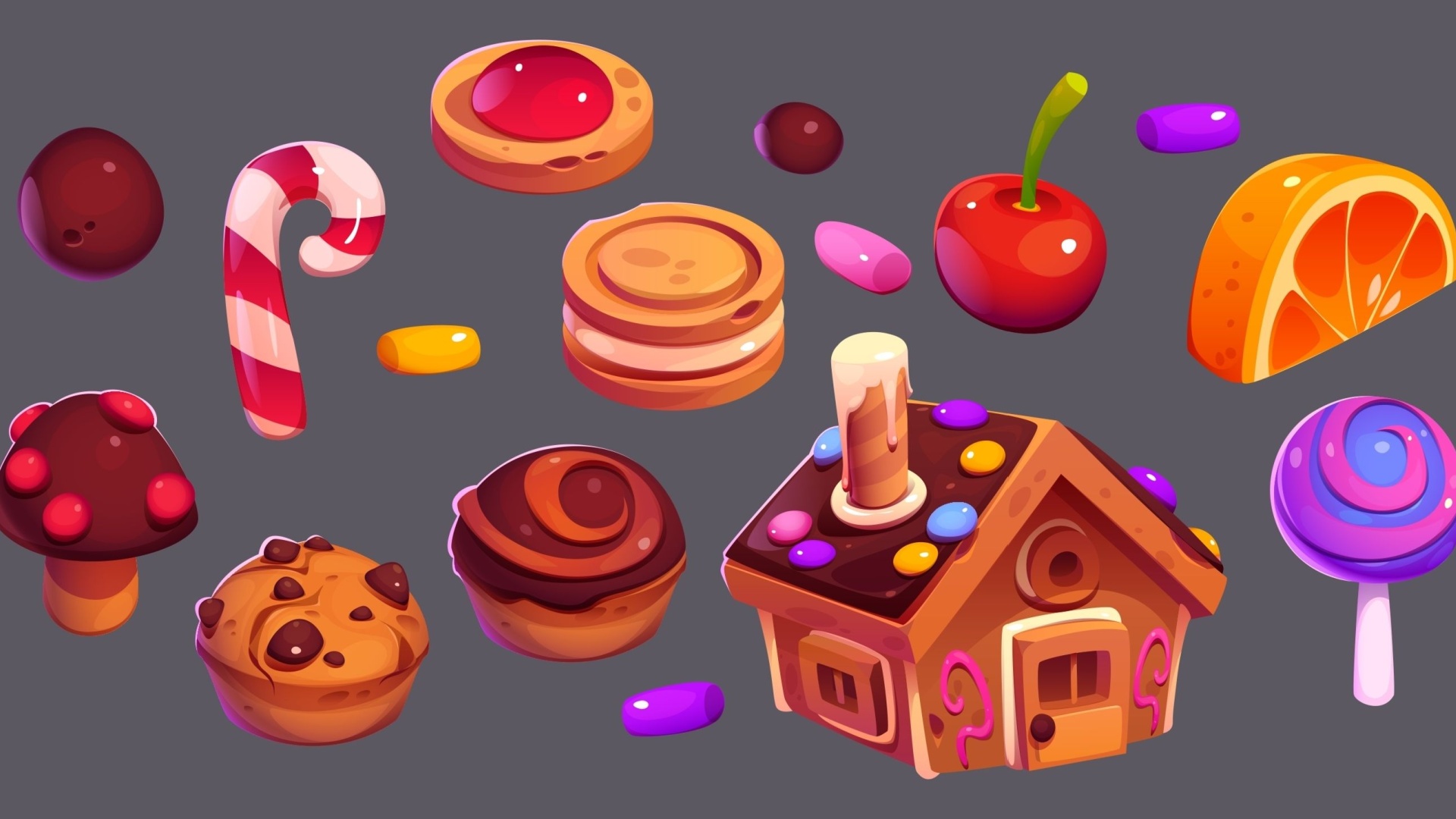 Test. What Winter Dessert Are You?
Test. What Winter Dessert Are You?
 What New Skills You Should Start Learning Today
What New Skills You Should Start Learning Today
 Test: What Kind of Ancient Goddess Are You?
Test: What Kind of Ancient Goddess Are You?
 Test: Which Great Woman Would Invite You for Tea?
Test: Which Great Woman Would Invite You for Tea?
 Test: How Well Do You Balance Work and Personal Life?
Test: How Well Do You Balance Work and Personal Life?
